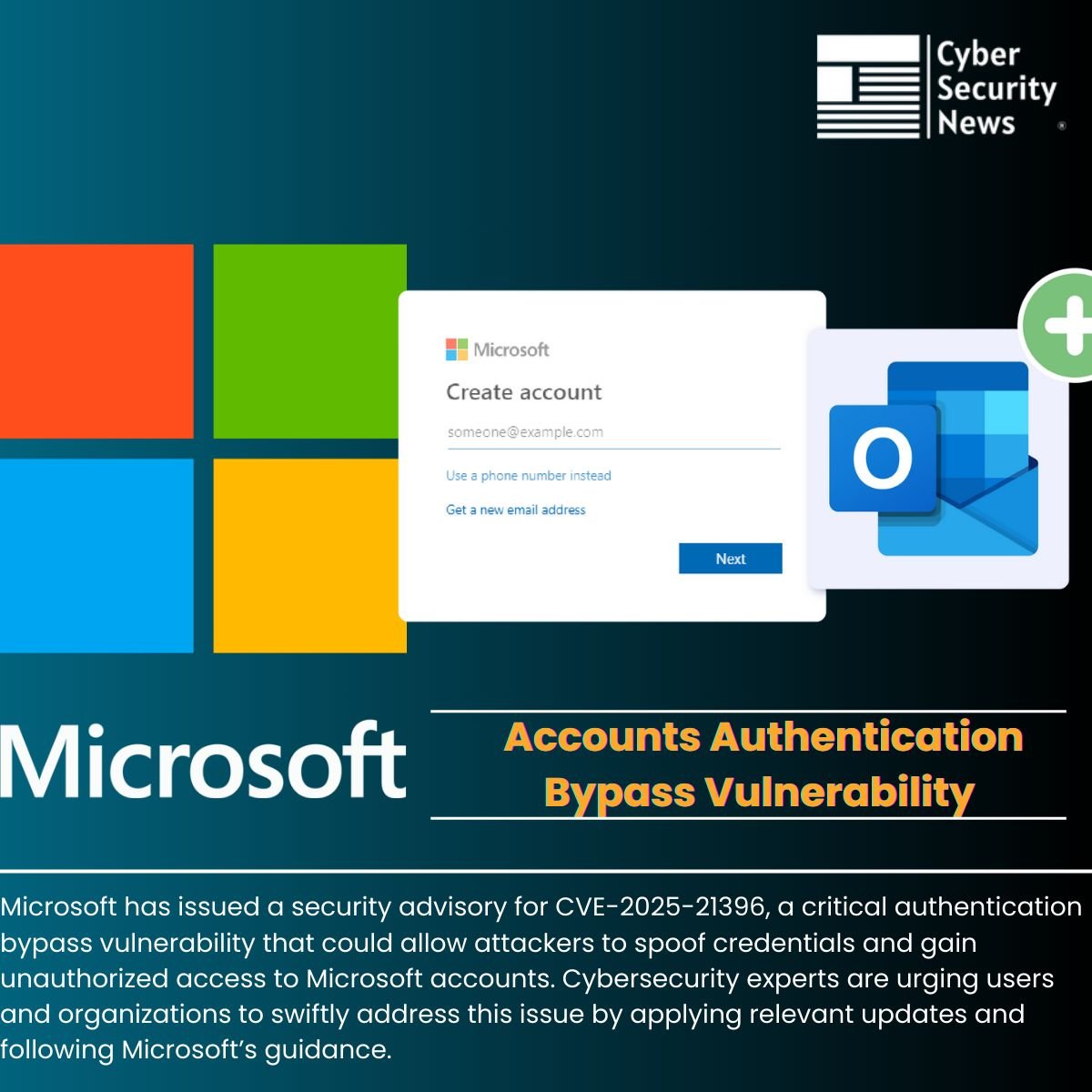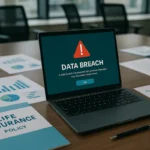In a crucial security update, Microsoft has issued an advisory for CVE-2025-21396, a critical authentication bypass vulnerability that could enable attackers to spoof credentials and gain unauthorized access to Microsoft accounts. Summit Systems strongly advises organizations and individuals to take immediate steps to mitigate the associated risks.
Understanding CVE-2025-21396
CVE-2025-21396 is associated with CWE-290 (Authentication Bypass by Spoofing), a recognized security weakness affecting authentication mechanisms that lack robust validation methods. Malicious actors can exploit trust-based authentication models using techniques such as:
- IP Spoofing: Attackers forge source IP addresses to impersonate trusted systems and gain unauthorized access.
- DNS Spoofing: Manipulating DNS responses to redirect users to attacker-controlled domains.
- Malformed or Manipulated Requests: Exploiting weak validation logic in application-layer protocols to bypass authentication measures.
Due to the prevalent reliance on IP and DNS-based trust models, this vulnerability poses a significant risk, necessitating immediate remediation.
Attack Scenarios and Potential Impact
The vulnerability may be exploited in multiple ways, including:
- Bypassing IP-Based Authentication: Organizations that rely solely on IP addresses for authentication may be at risk, as attackers can forge IP addresses to appear as trusted entities, bypassing security measures.
- DNS-Based Host Verification Manipulation: Attackers can poison DNS caches, causing systems to trust a malicious domain masquerading as a legitimate Microsoft service.
Considering the relative ease of executing IP spoofing and DNS cache poisoning attacks, CVE-2025-21396 is classified as a critical vulnerability with a high likelihood of exploitation.
Microsoft’s Security Guidance & Recommended Mitigations
Microsoft has issued patches to address CVE-2025-21396 and urges all users and organizations to apply security updates without delay. Summit Systems further recommends the following best practices:
- Apply Security Updates: Regularly update all systems and software by following Microsoft’s Security Update Guide.
- Strengthen Authentication Mechanisms:
- Implement Multifactor Authentication (MFA) for enhanced security.
- Utilize cryptographic tokens for secure identity validation.
- Deploy Mutual TLS (mTLS) for encrypted and authenticated connections.
- Monitor Networks for Anomalies: Deploy Intrusion Detection Systems (IDS) to detect spoofed packets and unusual DNS activity.
- Harden DNS Infrastructure: Implement DNS Security Extensions (DNSSEC) to safeguard against DNS spoofing and maintain data integrity.
- Enable Logging & Auditing: Maintain comprehensive logs of authentication attempts to facilitate forensic analysis in the event of an attack.
While Microsoft has addressed CVE-2025-21396 with the latest security updates, organizations must take proactive measures such as strengthening authentication frameworks and enhancing network monitoring to reduce exposure to similar threats in the future.
Media Disclaimer: This report is based on internal and external research obtained through various means. The information provided is for reference purposes only, and users bear full responsibility for their reliance on it. Summitsystemsissp assumes no liability for the accuracy or consequences of using this information.







